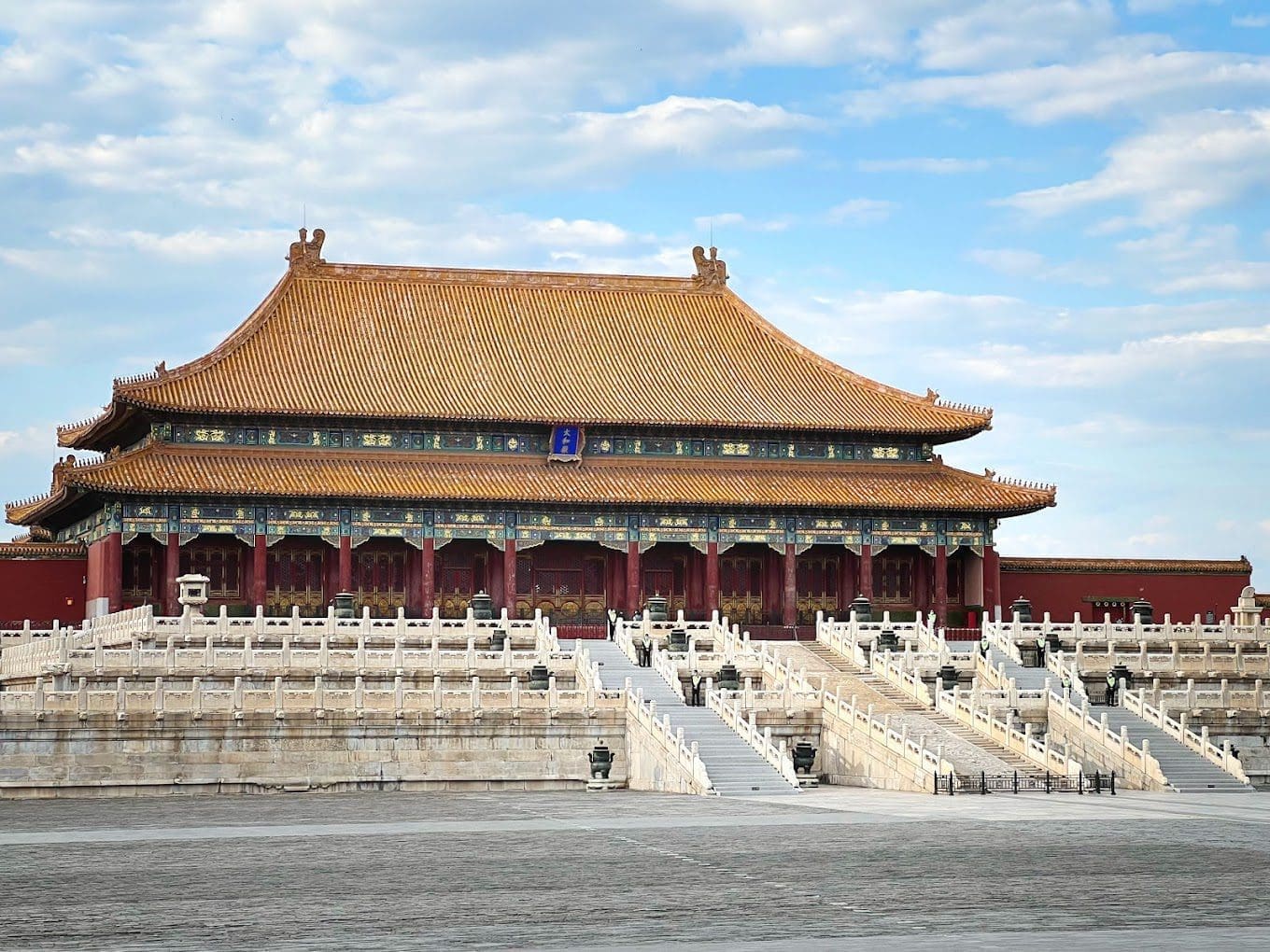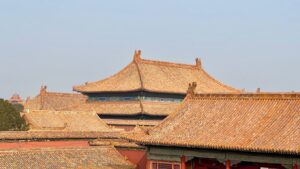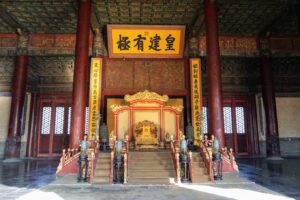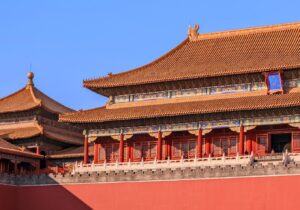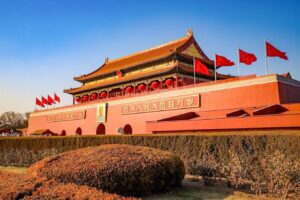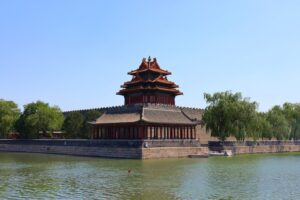Description
The Palace Museum, located in the Forbidden City in Beijing, China, is one of the world’s most renowned museums and a treasure trove of Chinese imperial history and art. Originally serving as the imperial palace for 24 emperors of the Ming and Qing dynasties from 1420 to 1912, the complex was transformed into a museum in 1925. The museum houses a vast collection of over 1.8 million artifacts, including imperial robes, ancient ceramics, intricate jade carvings, and historical manuscripts, all housed within the meticulously preserved palatial architecture of the Forbidden City.
The Palace Museum is renowned for its comprehensive and well-preserved collections that span nearly 5,000 years of Chinese history. Key highlights include the exquisite "Nine Dragon Screen," the intricate "Hall of Supreme Harmony," and the lavishly decorated "Emperor's Palaces." The museum’s layout follows the original imperial design, with its grand courtyards and majestic halls offering a glimpse into the opulent lifestyle of China's emperors. The collection provides valuable insights into imperial art, culture, and the evolution of Chinese aesthetics.
Tourists and holidaymakers should visit The Palace Museum to experience the grandeur and historical depth of one of China’s most significant cultural landmarks. The museum offers a profound connection to China's imperial past through its rich array of artifacts and architectural splendour. As a UNESCO World Heritage site and a symbol of China's historical and cultural legacy, The Palace Museum provides a captivating and educational experience for those interested in the artistic and historical heritage of China.
Location
-
Beijing, China
